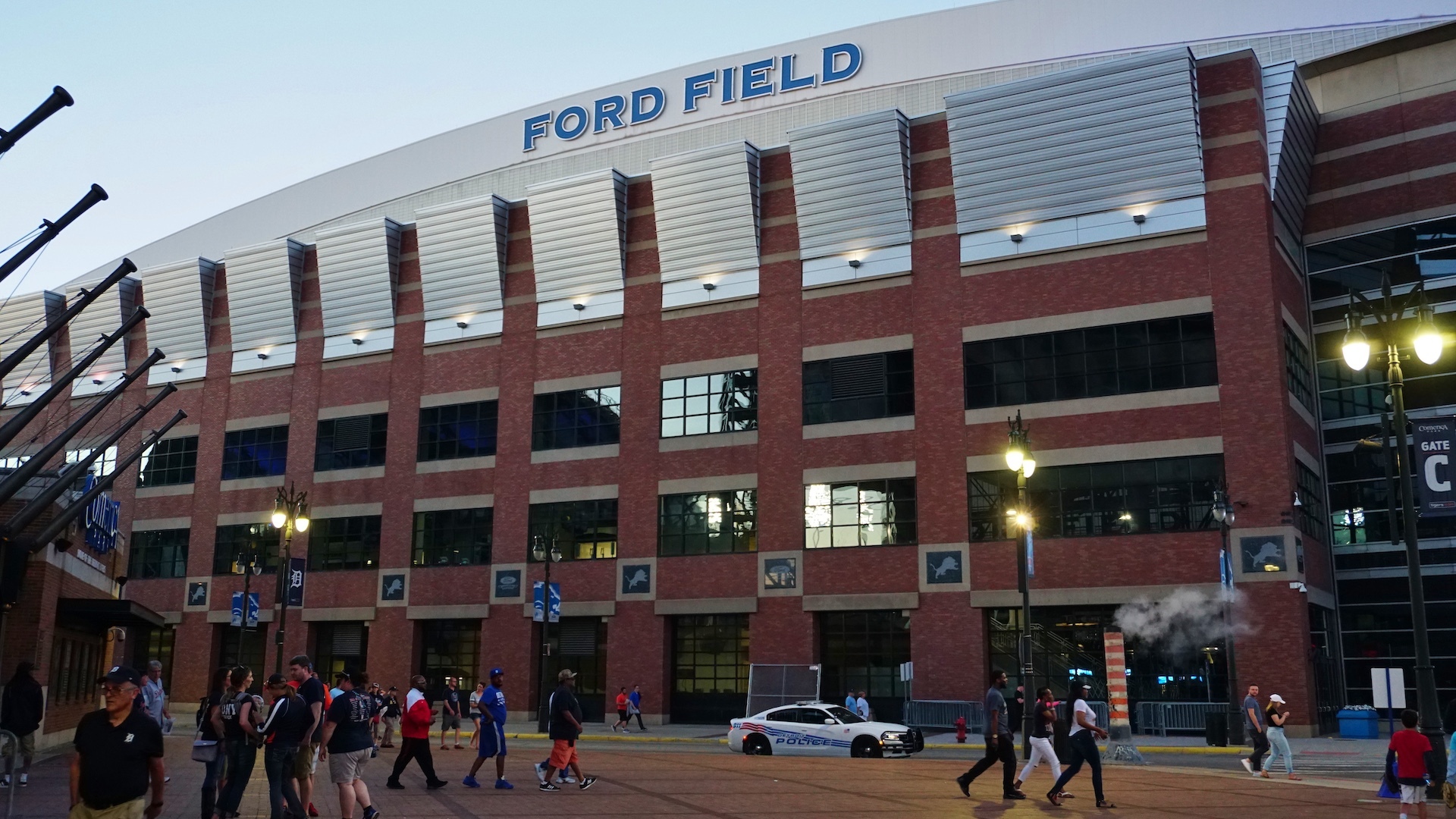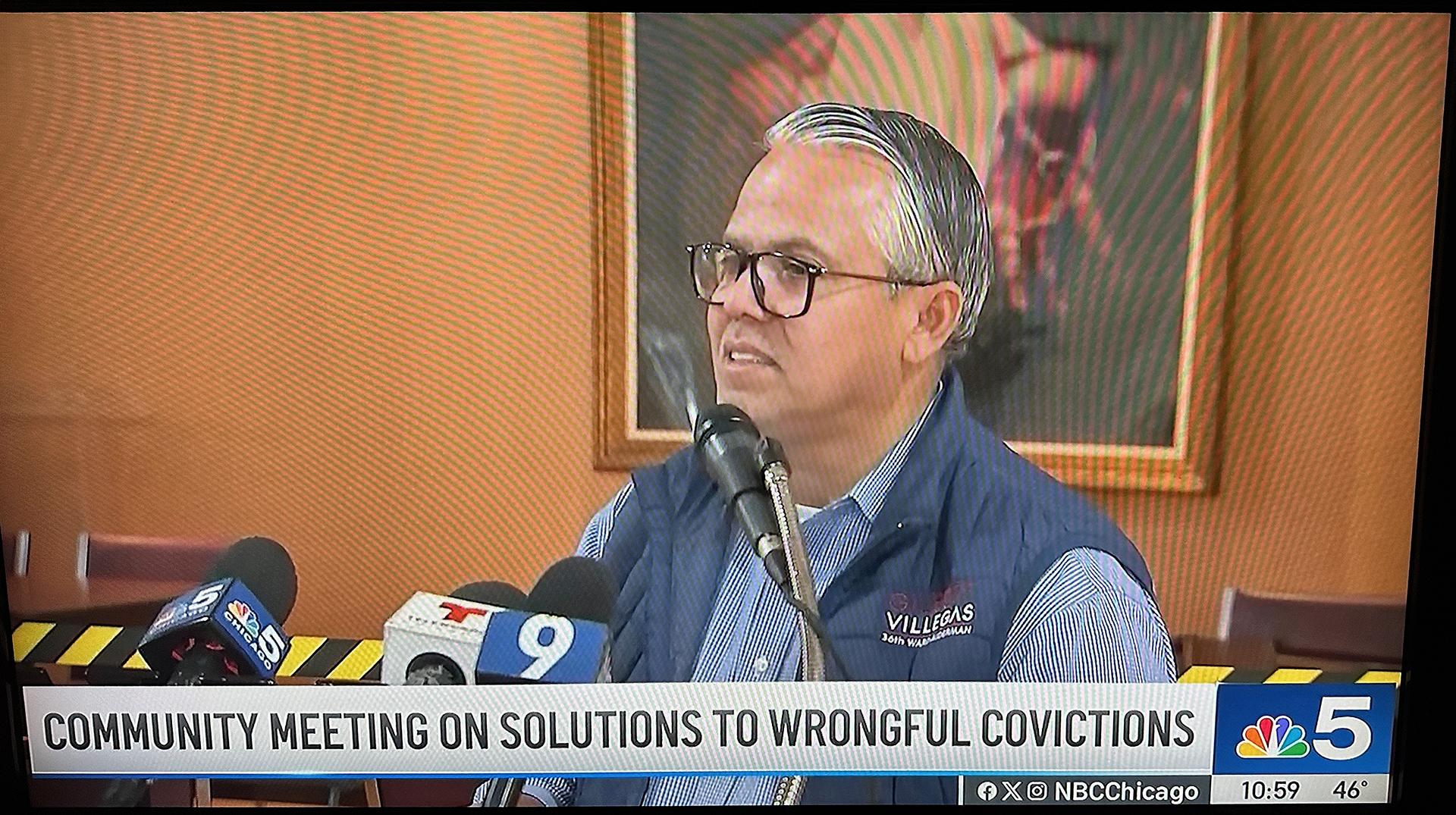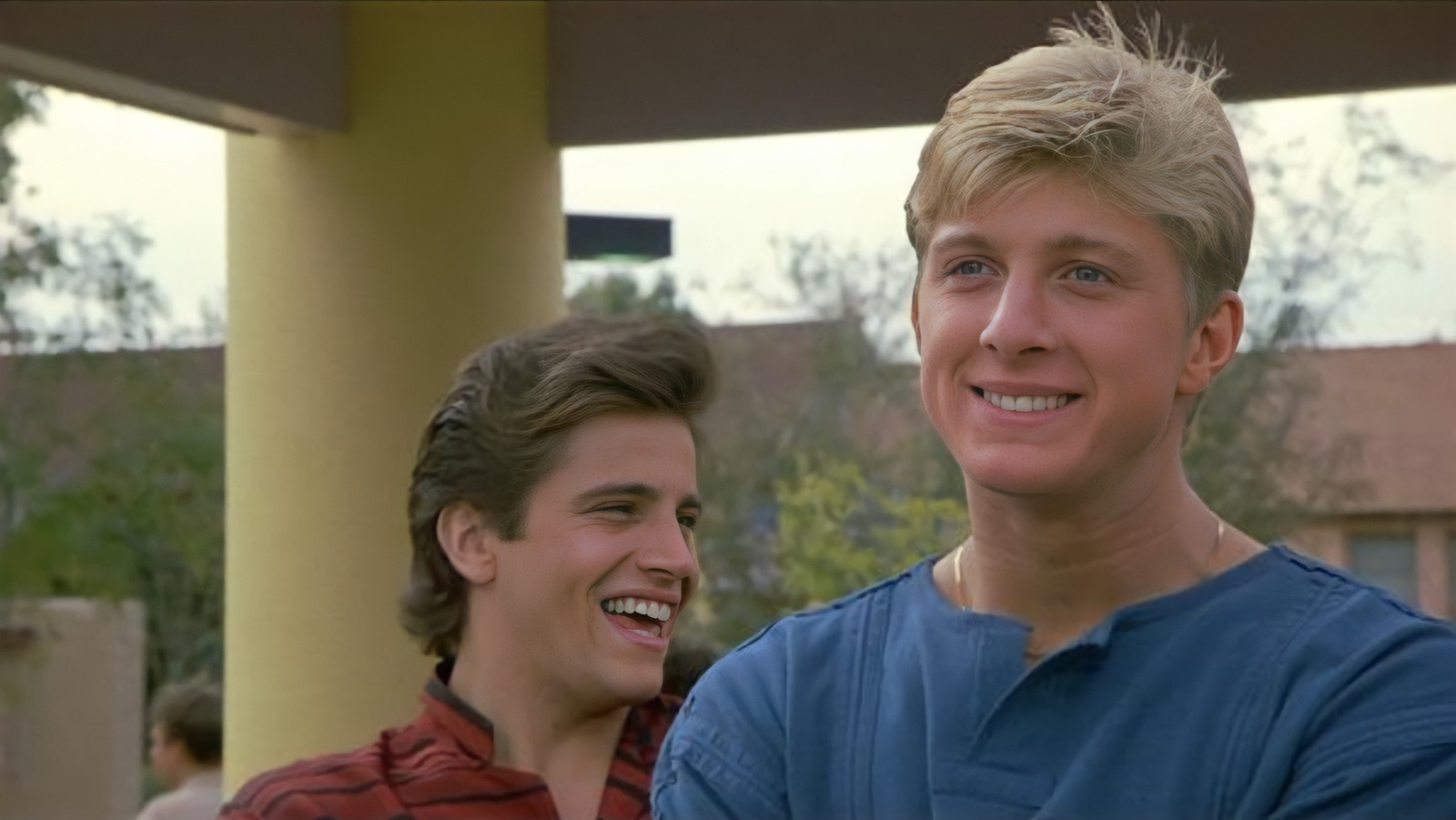‘Dig!’ Is One Of The Great Rock Documentaries, And It’s Returning To Theaters
Dig! / Merle Cooper The cult classic gets a new makeover for an upcoming theatrical release.


I have been in this business for a long time. And in that time I have realized many of my professional dreams. But one dream persists. It’s a modest dream, but it is mine: I want to write the liner notes for the Criterion Collection edition of Ondi Timoner’s 2004 rock documentary Dig!
Alas, it looks like it won’t happen. (I’ll explain why in a moment.) But I love this film. I believe it belongs in the canon — not just rock movies, but cinema in general.
I have thought about this a lot in the past 21 years. Actually, “thought” might be the wrong word. What’s a word for “staring at a TV screen many, many times while under the influence of various chemicals late at night”? Because that sums up my relationship with Dig! It is on my shortlist of stoner/drunken comfort movies, the sort of flick you put on when you should just go to bed already and need a good televisual hang to guide you to slumber.
For those who are unfamiliar: Dig! is a documentary about two bands from the West Coast who peaked — creatively and (sort of) commercially — in the late nineties and early aughts. Both groups work in a retro milieu heavily indebted to psych-tinged sixties rock. The director followed these bands over the course of eight years, documenting their minor triumphs and far more frequent failures. They start out as friends and mutual admirers, but over time a rivalry develops. This is mostly due to one band becoming marginally successful and the other band being fronted by a megalomaniacal lunatic who, among other outrages, believes he can write songs telepathically with the imprisoned Charles Manson.
The first band is The Dandy Warhols, a decent quartet led by a preening diva with excellent cheekbones improbably named Courtney Taylor-Taylor. The other band is The Brian Jonestown Massacre, a combustible unit whose constantly shifting lineup is steered by Anton Newcombe, a natural and absurdly prolific songwriter described by one fan as “the best sixties revivalist since the sixties.” (Was there such a thing as a “sixties revivalist” in the actual 1960s? Please, we have no time for such questions!) Much of the movie is narrated by Taylor and (somewhat) assumes his point of view as a self-described member of “the world’s most well-adjusted band” observing their chaotic and star-crossed contemporaries.
And yet each time I watch Dig! — I think this is true of anyone who watches this movie — I quickly forget about The Dandy Warhols and focus solely on The Brian Jonestown Massacre. The Dandy Warhols seemed to realize in real time that this would happen. (In one of the more infamous scenes, they stage a magazine photo shoot at the epically disheveled BJM band house to make themselves look crazier than they are. It doesn’t work.) This movie ultimately makes Taylor’s band look “better” in the sense of presenting a relatively polished front, and “worse” as far as being cool, entertaining, and/or unintentionally hilarious.
I know this is a cliché but in this case it’s apt: They don’t make bands like The Brian Jonestown Massacre anymore. This is the kind of band that will erupt into an on-stage brawl because one of the three guitar players on stage played a bum note. This is the kind of band where the second most prominent guy is the tambourine player. This is the kind of band that will play for 10 hours in front of 10 people at the Communist Party headquarters in Cleveland. This is the kind of band that will go to L.A. to audition for record labels and blow all their travel money on sitars. This is the kind of band that will proudly snort cocaine in front of a documentary camera. This is the kind of band that parties so hard that Harry Dean Stanton just magically materializes amid the maelstrom.
You get the picture. Dig! checks a lot of boxes for things that I love: rock ‘n’ roll, musical rivalries, comically large sideburns, performative decadence, delusional dreamers, tragicomic buffoonery. But above all Dig! is the most quotable rock doc you will ever see. And almost all those quotes come from Newcombe, who might be a genius and definitely is an asshole. This gives him the unique ability to claim that he is “kicking off a musical revolution” with a straight face. (What Jack Black does ironically Anton Newcombe declares with Klaus Kinski-level maniacal seriousness.)
(A quick digression: Here are the top five best Anton Newcombe quotes from Dig!:
5. “No one’s gonna say ‘fuck you’ to me on MY stage with MY band!”
4. “This song is about love and it’s called, well, ‘Love.’”
3. “The Beatles were for sale, I give it away.”
2. “I never do anything wrong. That’s why I never say I’m sorry.”
1. “You fucking broke my sitar, motherfucker!”)
That last one makes more sense if you have seen the movie.
Anyway, Dig! made me a lifelong fan of The Brian Jonestown Massacre. And I do mean lifelong — I thought their most recent record, 2023’s The Future Is Your Past, was pretty good. And by “pretty good” I mean “it sounds exactly like all of their other albums.” Newcombe is like a chef who can make countless dishes out of the same three ingredients: The Rolling Stones circa 1966, The Velvet Underground circa 1967, and The Cure circa 1982. Though all you really need from this band is Tepid Peppermint Wonderland, a 2004 compilation that coincided with Dig! Given the perpetual spottiness of their studio work, Tepid Peppermint Wonderland must be counted as one of the best “greatest hits” albums of the modern era. With its murderer’s row of endlessly re-playable rock songs, the record improbably (but credibly!) presents Newcombe as the dirtbag Tom Petty of America’s underbelly.
For a while in the aughts, I played drums in a two-piece band that was vaguely inspired by The Brian Jonestown Massacre. We would jam, drink whiskey, smoke weed and watch Dig! I’m sure we were awful. (I was unquestionably a terrible drummer.) But this did not matter. Among the many lessons of Dig! is that dicking around in an incompetent band can be a lot more fun than toiling away in a professional one.
Back to the liner notes: Dig! was recently remastered and refurbished with about 40 minutes of extra footage ahead of a run in select theaters that begins Friday January 17. (Presumably, a Blu-ray release will follow at some point.) So, there will be no Criterion Collection for your boy this time around. (Perhaps I can interest someone at Criterion HQ in a new edition of The Decline Of Western Civilization Part II: The Metal Years?)
This new Dig! is called Dig! XX and it runs nearly two and a half hours. What do you get in that additional time? Well, you see more scenes where Anton loses his damn mind (including the Manson bit I mentioned earlier). And you get narration from Joel Gion (a.k.a. “the tambourine player”) who offers retrospective commentary on the events. Interestingly, the point of view of The Dandy Warhols is marginalized and, at times, not-so-gently mocked. For instance, after the scene where Taylor talks about their drummer leaving the band over a money dispute, the drummer is now brought back to fact-check Taylor’s claims and eye roll over his self-obsessed behavior.
How essential is this stuff? Not very. Watching Dig! XX made me appreciate how well-paced the original is. It gives you just the right amount of Anton Newcombe, whereas the “more is more” approach of Dig! XX can makes for a tedious and sluggish watch. Unlike the people in his life, the audience can walk away from Anton after 90 or so minutes. Tacking another hour to the encounter isn’t exactly a positive. (Hopefully the original version is included on the Blu-ray. My DVD copy looks lousy on a flat-screen TV.)
One of the odder revisions is an introduction from none other than Dave Grohl, who calls Dig! the greatest rock documentary ever made. But all his presence does is revive old complaints about how Dave Grohl (and/or Henry Rollins) show up in every rock doc. The audience for Dig! XX presumably already has a high opinion of the film. No offense to Dave but Dig! doesn’t need his validation.
Revisiting this Dig! did, inevitably, make me nostalgic — for my own dirtbag past, of course, but also for the pre-internet era when indie rockers (and everybody else) were less self-conscious and more open about their larger-than-life dreams and ambitions. Anton Newcombe is diluted, and he is silly, and he is a jerk, and he might even be a poseur. But that’s only because he had the space to create his own world, and the freedom from the outside noise that would have cruelly dunked on his grandiose proclamations. He was allowed to be a legend in his own mind, which eventually made him a legend in his time (at least to those of us who love Dig!).
I have interviewed a lot of indie rock musicians over the years, and the vast majority of them (respectfully) are boring. They just have nothing to say. Zero! And that is not their fault. It’s our fault. The online hoards have effectively litigated legitimately colorful cultural characters out of existence. Because we can’t take it when someone says something funny or subversive or controversial or just plain ridiculous. We take their funny quotes and crush their spirits with a million haughty tsk-tsks. And in the end, we suffer the consequences because we resign ourselves to living in a bland, PR-vetted world where nobody talks anymore about kicking off a musical revolution.
Toward the end of Dig! Newcombe takes credit for a revolution he was not directly involved in. “Do you hear the White Stripes on the fucking radio?” he says. “When I started it was Pearl Jam. Obviously the revolution happened. How many people are imitating Pearl Jam right now? Not that many. How many imitators do I have? I played a part in opening that up.” A different kind of film might have disputed that claim. Or offered up some important context, i.e. the much more significant influence of Elephant Six and Sympathy For The Record Industry, the rise of The Strokes, the existence of radio-dominant post-grunge, etc. But Dig! understands that Anton Newcombe exists only in his own context, and therefore this film must as well. In Anton Newcombe’s world, nobody has to apologize, because nobody is ever wrong.






















/cdn.vox-cdn.com/uploads/chorus_asset/file/25829976/STK051_TIKTOKBAN_B_CVirginia_B.jpg)













/cdn.vox-cdn.com/uploads/chorus_asset/file/24435316/STK150_Bing_AI_Chatbot_02.jpg)








































